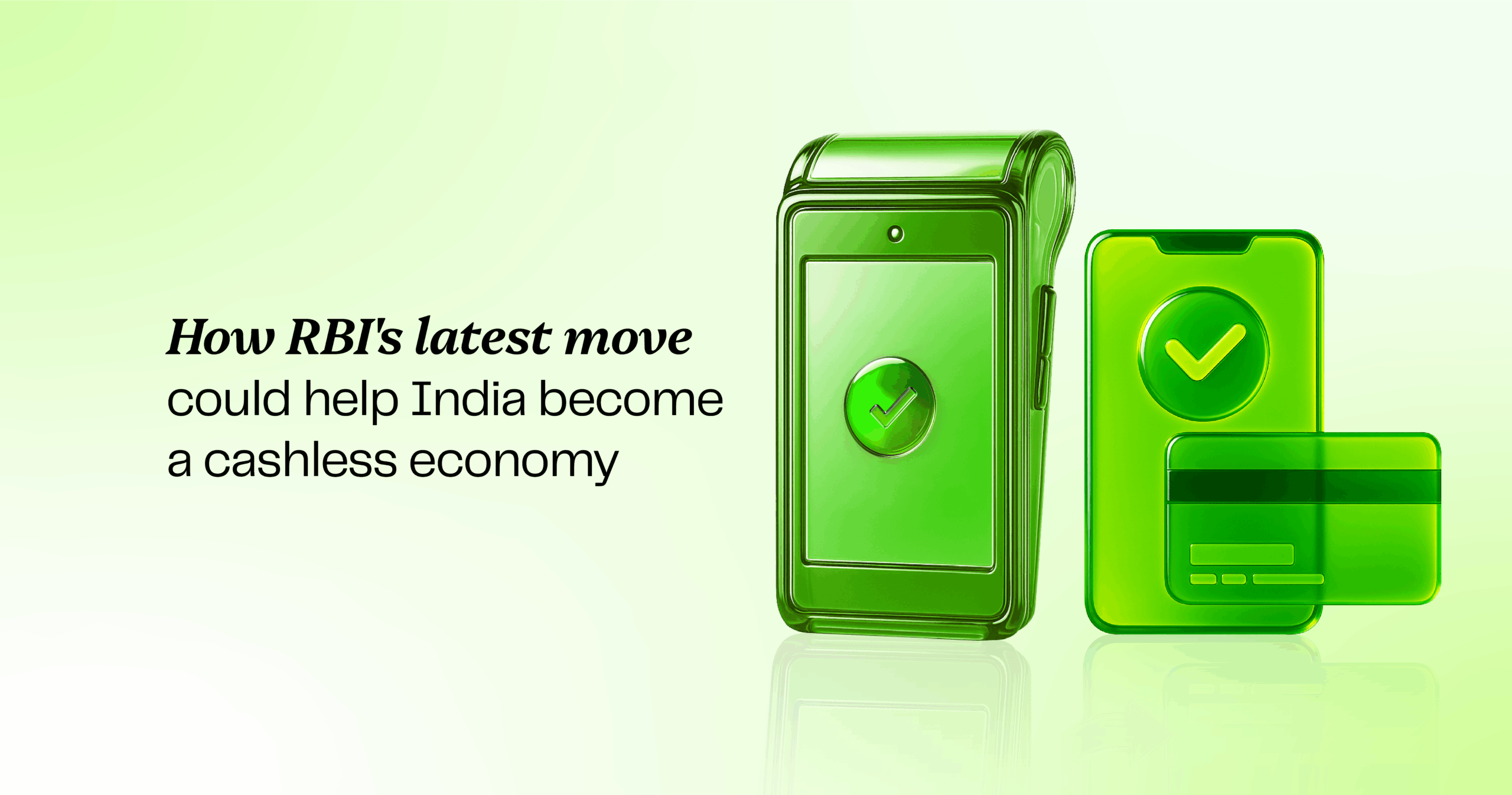India’s rising and aspirational middle-class, its fast-growing consumer market, the potential of rural markets as future growth drivers, are all key factors that effectively counter any negative perception of an economic revival post COVID-19. At the same time, there is this need to continue with the big push to go cashless, something which will not only curb illegal transactions but will also provide bring in small yet significant gains such as eradicating the problem of loose change. While the 2016 banknote demonetisation did set the ball rolling, today’s black swan event is acting as another catalyst in the growth of digital payments adoption in the country. This is well reflected in the fact that India’s digital payments are now growing at a CAGR of 61% in volume over the last 5 years1.
The fear of contracting COVID-19 due to the physical exchange of cash has resulted in many preferring the use of digital payment platforms for even everyday transactions. A large part of these are the small, regular purchases people make from their local Kirana stores. These stores form the backbone of the Indian retail industry, with some estimates putting the number of stores at about 12 million across the country, and their sales accounting for 95% of the USD 500 billion food and grocery market2. Kirana stores began to truly consider cashless operations after demonetisation, when a lack of cash in customer’s hands meant that their sales were affected. Investing in a digital payment infrastructure simply allowed them to diversify their means of collecting payment, negating issues of lack of cash in hand, lack of exact change and now, fear of contact due to COVID-19.
Their untapped potential in the rural regions and the incredible innovation brought about by the fintech companies presents a rare opportunity to bolster the spread of digital payments in preparation for a post-COVID-19 economy and is one that the government seems to be keen to act upon.
A slew of measures by the RBI
Last month, RBI’s nod to payment networks like NPCI, Mastercard, and Visa to allow tap-and-go facility on card payments for purchases below Rs. 2,000 without the need of inputting the PIN was a welcome move.
Another masterstroke announced this month has been RBI’s move to set up a Payments Infrastructure Development Fund (PDIF) and make an initial contribution of Rs. 250 crores to the fund. I believe this will encourage the adoption of Point of Sale (PoS) infrastructure across the country. A majority of the close to 5 million PoS devices currently installed in the country are operational in Tier 1 and 2 cities, representing only a small percentage of the total potential for digital transactions in the country3. In fact, at 358 people to 1 PoS, India has the lowest density of PoS terminals out of all the Committee on Payments and Market Infrastructure (CPMI) member institutions4. There is high adoption potential in underserved regions and that is why the RBI envisions the fund to focus specifically on Tier 3-6 cities and the North Eastern region.
This announcement should be placed in the context of the RBI’s Vision 2019-21 Report which projected that the country would have 5 million active PoS terminals by the end of 2021, with a
substantial increase in digital QR code-based terminals as well5. The report also set a target of increasing the card acceptance infrastructure by 6 times during the vision period. However, so far, the relatively high instalment and maintenance costs of PoS devices have prevented their adoption especially by smaller enterprises. Subsidizing this through contributions from both the RBI, the issuing banks and card networks is most likely to be the fund’s objective.
Other countries, such as Indonesia and Poland have seen success through similar initiatives. After launching the non-cash payment movement in 2014, Indonesia saw its fintechs facilitate 940 million digital transactions worth IDR 12,375 billion in 2017 alone. Malaysia committed to setting up 800,000 POS terminals in the country by the end of 2020 through its 2015 Market Development Fund As a result, its percentage of cash-based transactions is estimated to reduce from 88.1% to 80% between 2019 and 2023.
The development of a cashless payment infrastructure is a crucial aspect of transitioning to a cashless economy and the various initiatives by the government and the banking regulator are focused in this direction. The launch of the PDIF could very well be the catalytic move needed to push the Indian economy towards digital in the post-COVID-19 world.
Closing thoughts
As physical consumption decreases due to the lockdown measures put in place and general consumer aversion towards physical transactions, small and medium businesses across the country will be looking to create digital platforms to enable the sale of goods and services, thereby increasing the potential of digital payments. The RBI’s move in setting up this new fund will not only aid merchants but will also help consumers build awareness around the digital economy, particularly in pockets dominated by cash. With social distancing and reduced public gatherings likely to continue for a while, I am positive these steps will go a long way in bolstering the digital payments ecosystem in the country.
1 Source: Assessment of the progress of digitisation from cash to electronic – RBI
2 Source: Retail Industry in India – IBEF
3 Source: RBI Sets Up Payments Infrastructure Development Fund
4 Source: Not enough PoS machines as digital payments rise
5 Source: RBI publishes ‘Payment and Settlement Systems in India: Vision 2019 – 2021’

